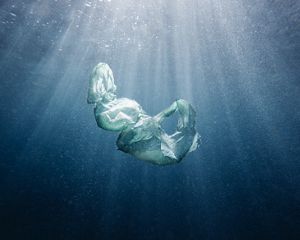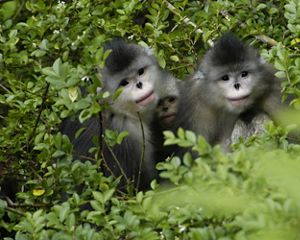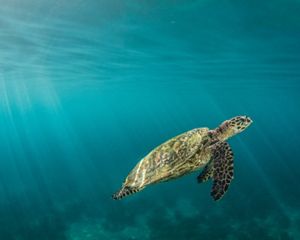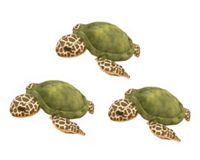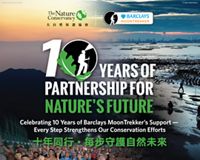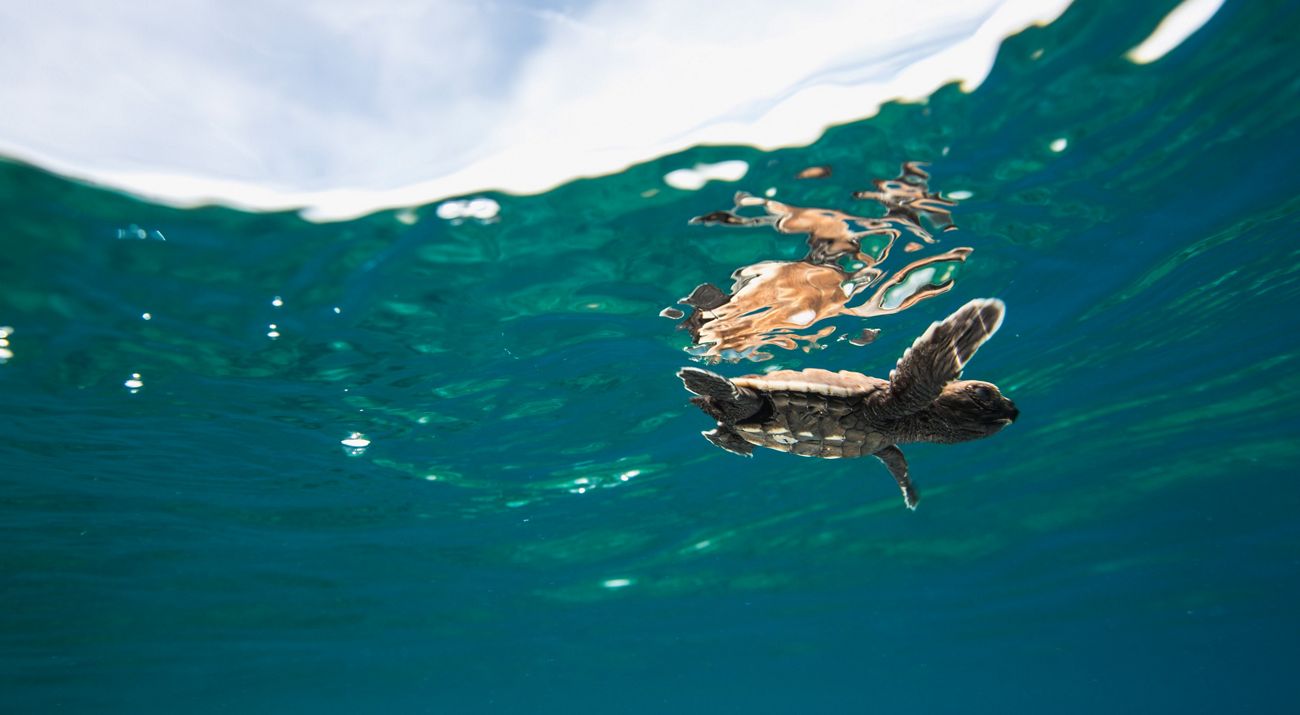
The sight of a beach full of baby sea turtles scurrying towards the sea is heartwarming, but their chances of survival are slim. The odds of a hatchling reaching adulthood are just 1 in about 1,000, even under the best of circumstances.
But humans have made sea turtle survival even more difficult, and five of the world’s seven species are now endangered, with hawksbills being critically endangered. For 2,500 years, hawksbills have been hunted by poachers pursuing their beautiful shells that are made into tortoiseshell combs, eyeglasses, trinkets and more. Modern threats like destructive fishing gear, accidental capture, sea level rise, coral bleaching and environmental pollution are only making the hawksbill’s extinction more likely every year. Today’s population of hawksbill sea turtles is less than 10 percent of what it was a century ago, making them in critical danger of extinction.
You can help protect hawksbills by taking a few simple steps.
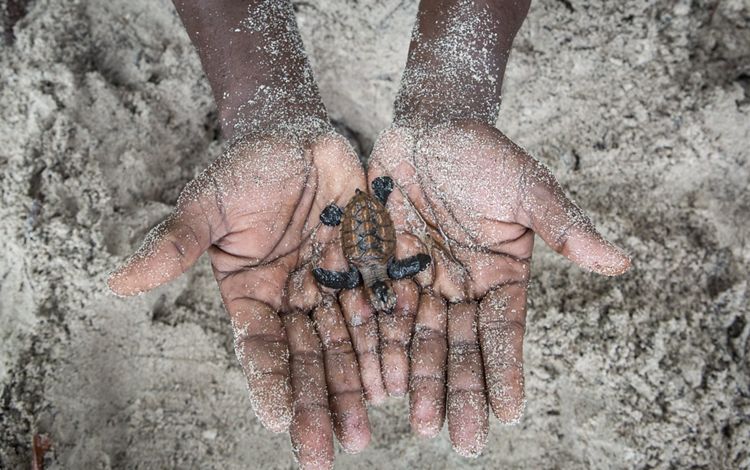
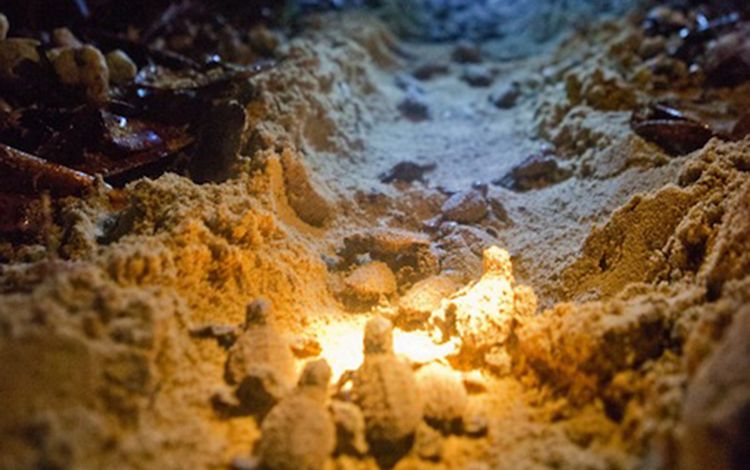
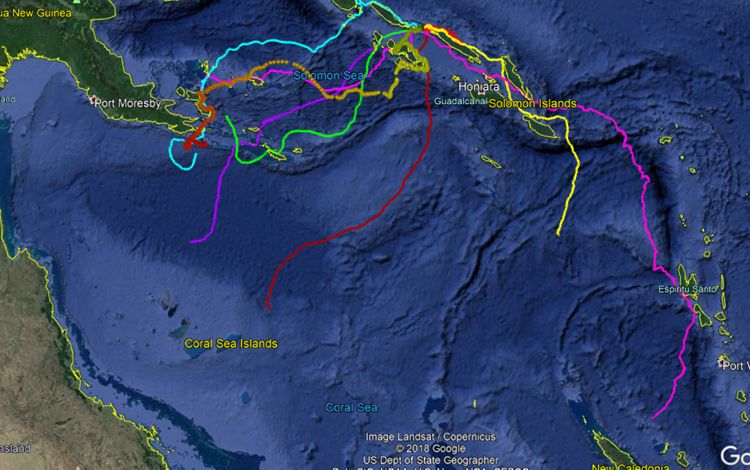
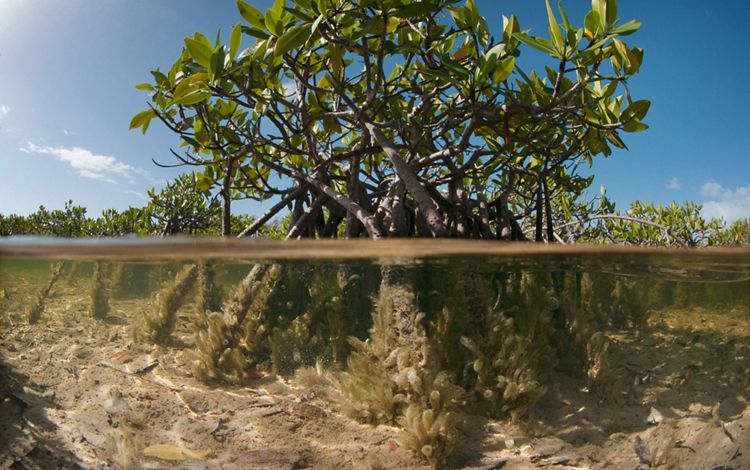
To bring back these important sea creatures, The Nature Conservancy (TNC) has built relationships with local communities in the Arnavon Islands, Solomon Islands, where we’ve been working since 1992 to protect the largest hawksbill sea turtle rookery in the South Pacific.
Local rangers trained by TNC find and mark nests, protect the eggs from predation by birds and relocate nests above the high-tide line if necessary. They also help hatchlings scramble down the coral-strewn sand to the sea. Perhaps most important, they deter poachers out to kill nesting females on the beaches. Those efforts have made a big difference: the number of nests in the Arnavons has doubled.
Hawksbills often migrate hundreds of miles to nest at the beaches where they were born. To learn how hawksbills can be better protected while out at sea, TNC has been studying their movements using tracking devices since 2016. One turtle we tracked, Norbert, travelled an amazing 2,700 kilometers in 11 weeks before returning to her foraging grounds!
How much do you know about hawksbills? Test your knowledge with this little quiz.
The Arnavon Islands was named the first marine national park in the Solomon Islands and was recently declared a Blue Park by the Marine Conservation Institute. The prestigious Blue Park Award, “recognizes outstanding efforts by nations, non-profits, MPA managers, and local stake-holders that effectively protect marine ecosystems now and into the future.”
Save Sea Turtles Together: Make a Difference
You can make a difference by joining today. Donate now to become a Conservation Champion.
